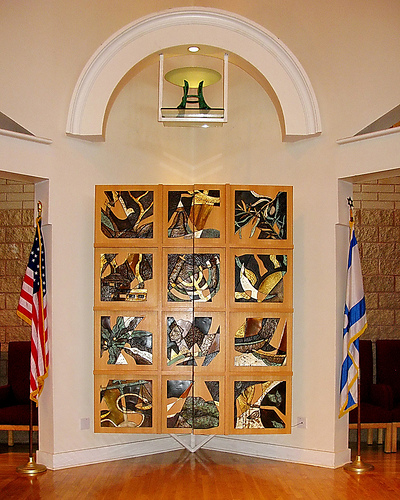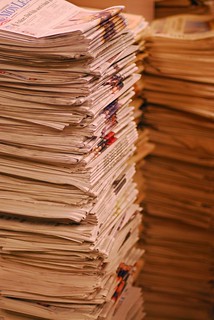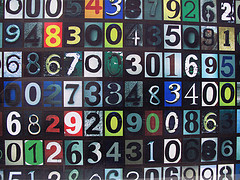I learned recently of a brand new app, “Anne’s Amsterdam,” which provides all sorts of digital details, both personal and geographical, about Anne Frank and her city. I can’t say I’m surprised.

In the years since the publication of her diary, Anne Frank’s life and times – and above all, her house, which has been made into a museum - have lent themselves to a staggering array of iterations, prompting Ian Buruma famously to observe that “about the only thing we haven’t seen so far is Anne Frank on Ice.”
Likening her to a “Jewish Saint Ursula, a Dutch Joan of Arc, a female Christ,” Buruma, some thought, went a bit too far. But if the response of some of Anne Frank’s acolytes and devotees to the news that the chestnut tree to which Miss Frank had referred in her diary was to be cut down is any indication, he may not have gone far enough. A hue and cry of enormous proportions ensued, with some insisting that fragments of the tree be preserved and venerated much as if they were bits of the cross itself.
In true post-modern fashion, these mediations of Anne Frank have also given rise to a veritable cottage industry of interpretations and, well, mediations all their own, of which Francine Prose’s book, Anne Frank: The Book,The Life,The Afterlife and Nathan Englander’s What We Talk About When We Talk About Anne Frank are but the latest expressions.
Come October, Indiana University Press will publish Anne Frank Unbound: Media, Imagination, and Memory, a volume of essays edited by Barbara Kirshenblatt-Gimblett and Jeffrey Shandler, which explores the impact of Anne Frank on adolescence, museology and toys, among many other things. Based on a symposium at NYU, which I had the good fortune to attend some years back and at which I spoke on the relationship between domesticity and the Anne Frank House, this book is sure to set more tongues wagging than any app.










